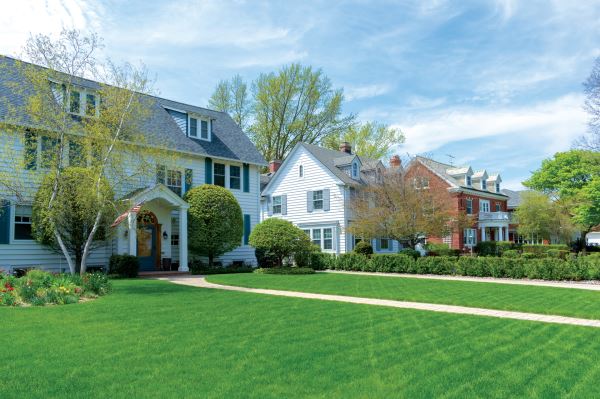
Summary judgment is the biggest challenge facing homeowner associations (HOAs). The first image that comes to mind is an association board hellbent on imposing control over the people who live there.
If you mowed your lawn at the wrong height, a nasty letter would ensue. Park your trailer in the wrong spot and it’s towed. Despite the preconceived judgments, Idaho boasts about 2,500 HOAs, and this number will double by 2030. The steady rise in the number of subdivisions is the new dawn for home buyers.
Are HOAs bad? Associations are set-up to be mini communities where neighbors are bonded by the subdivision’s boundaries, share in the subdivision’s amenities and collectively follow basic rules. These nuances may be slightly different from subdivision to subdivision, but this is what defines a culture. However, much of the negative perception comes into play when one person feels that they are above the rules or feel they are an exception to them.
According to the Community Association Institute (CAI), an international organization who provides oversight, education and research to over 35,000 associations across the US, found that 87% of homeowners were highly satisfied to live in their HOA. In addition, homeowners reported to have a greater sense of community identity, felt safer and have a higher sense of social connection.
Most HOAs Manage It Alone
Is it the right thing to do for a person who volunteers their time, to wrestle with the mounting administrative and legal obligations that impact their association, to make crucial decisions that might upset a neighbor or several of them, and, at times, have to confront neighbors about paying their dues or violating the rules? A board’s action may pit one neighbor against another or generate a culture of me v. them. The real question is whether a board’s membership should risk putting itself in uncomfortable situations or risk its membership to become disenchanted with the HOA. One board may be able to get closure on issues, but the next may not, and the issue will continue to eat at the core of its community. Even the best HOAs must face this paradox.
HOAs need leaders. But they need to be present, not inaccessible, or un-involved. Board members need to reflect a leadership style that engages their membership. This style heightens a sense of members confidence which strengthens, not lessens, homeowner accountability.
Unfortunately, most board members hide behind their administrative tasks. This is a lose-lose situation for everyone. It fosters a disenchanted membership and lessens one’s sense of belonging. A positive culture has a completely opposite effect on community-ownership, resulting in a higher sense of belonging.
How do we overcome these challenges and build better communities? One suggestion is to farm out the heavy workload so that board members can have more time to be present and instill a sense of community into their association. A third party is unbiased and is hired to provide a specific service. They come without emotion, often setting up consistent and reliable systems to better manage the time-consuming business functions and take on uncomfortable confrontations. Off-loading these essential—but time consuming—functions would free up the board to focus on community interaction.
Regardless, if managed alone or with a service, a great HOA reflects those who lead them. Getting there requires leadership that is transparent and treats all members with respect. The challenge to change the perception of HOAs comes down to a verse in Matthew 22:36 which states, “love thy neighbor.” As residents in Idaho Falls, we practice this very well.